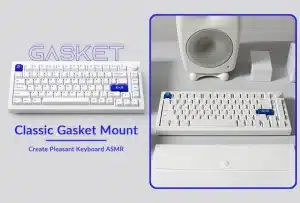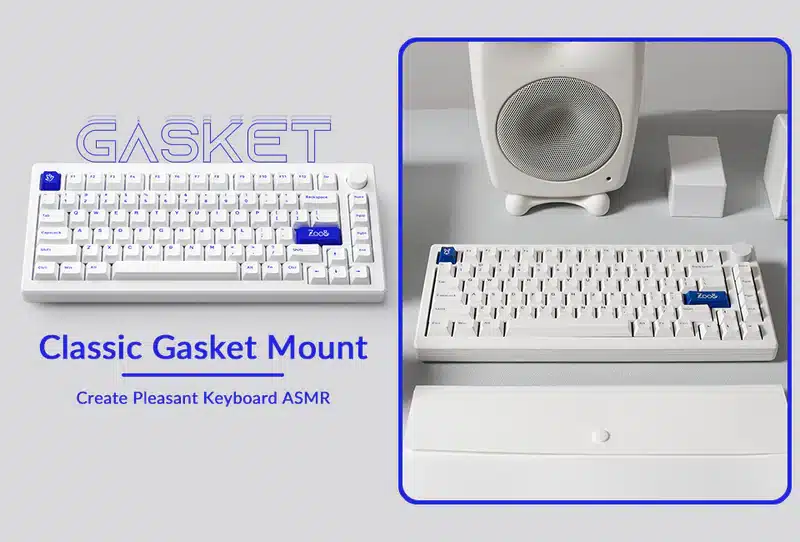Building a gasket mount keyboard is an exciting project for keyboard enthusiasts who want a unique typing experience with enhanced sound and feel. However, the gasket mount design comes with its own set of challenges. To help you achieve the best results, this article will walk you through the top mistakes to avoid when building a gasket mount keyboard.
Understanding the Gasket Mount Design
Before diving into the mistakes, it’s essential to understand what a gasket mount keyboard entails. Unlike traditional keyboards, gasket mount keyboards use flexible gaskets to suspend the plate, offering better shock absorption and improved acoustics. This design gives a softer, more satisfying typing experience but requires careful assembly.
Mistake 1: Using the Wrong Type of Gasket Material
One of the most common pitfalls in gasket mount builds is selecting the incorrect gasket material. Silicone and EVA foam are popular choices, but their thickness and density significantly affect the keyboard’s feel and sound.
- Avoid using overly soft or too thin gaskets, which may fail to provide the necessary cushioning.
- Choose gasket materials that offer the right balance between flexibility and firmness for your typing preferences.
Mistake 2: Poor Alignment of the Plate and Gaskets
The alignment of the plate relative to the case and the gaskets is crucial. Misalignment can cause uneven pressure points, resulting in rattling keys or inconsistent feedback.
- Ensure the gaskets are placed evenly and the plate is seated correctly.
- Double-check the fit before tightening screws to avoid damaging the gaskets.
Mistake 3: Over-tightening Screws
When assembling a gasket mount keyboard, it’s tempting to tighten screws aggressively to secure the parts. However, over-tightening can compress the gaskets too much, defeating the purpose of the mount system.
- Use a moderate torque and tighten screws gradually.
- Test the typing feel before fully securing all screws.
Mistake 4: Neglecting Sound Testing
Sound is a major reason enthusiasts choose gasket mount keyboards. Failing to test acoustics during the build can lead to disappointing results.
- Try typing on the keyboard before full assembly.
- Adjust gasket placement or try different materials if the sound is too hollow or too muted.
Conclusion
Avoiding these common errors can save you time and frustration in your gasket mount keyboard build. Remember, the top mistakes to avoid when building a gasket mount keyboard include choosing the wrong gasket material, misaligning components, over-tightening screws, and neglecting sound testing. By carefully addressing these areas, you’ll enjoy a keyboard that offers superior typing comfort and acoustics.






